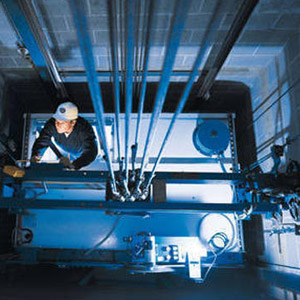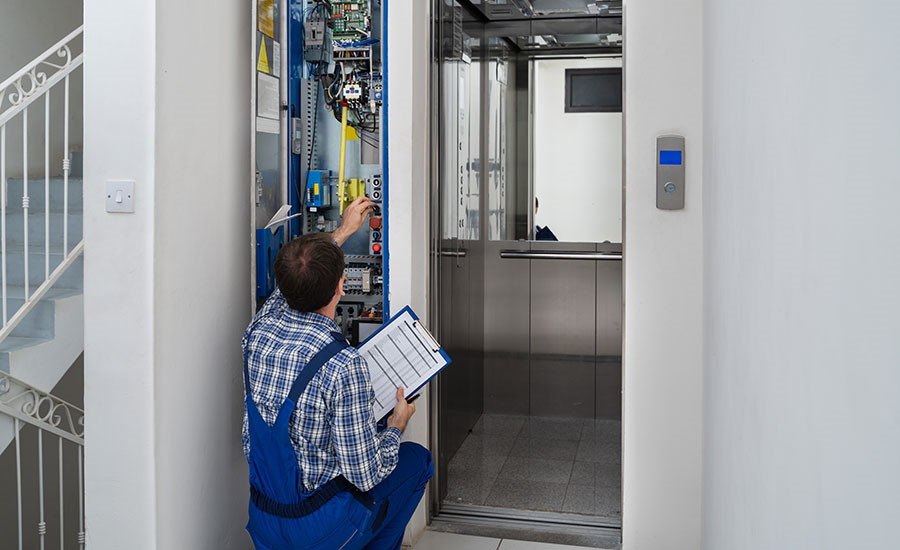Advanced Lift Modernization-- Upgrade Your Lifts for Better Efficiency and Safety
Advanced Lift Modernization-- Upgrade Your Lifts for Better Efficiency and Safety
Blog Article
Crucial Guide to Recognizing Impaired System Lifts and Their Performance
Comprehending the details of handicapped system lifts goes beyond plain understanding; it calls for a thorough grasp of their capability and style. From the various kinds available to the crucial parts that make them operational, each facet adds to the smooth procedure of these important access devices. Moreover, the stringent safety regulations and maintenance considerations connected with platform lifts are critical in ensuring their reliability and longevity. By exploring these aspects in information, one can gain a profound understanding of exactly how these lifts not just improve access but additionally focus on individual safety and comfort.
Types of Disabled Platform Lifts
There are a number of kinds of impaired system lifts created to offer ease of access for people with wheelchair obstacles. Inclined system lifts, on the various other hand, are appropriate for places where a vertical lift may not be practical due to building restraints.
Another type of impaired platform lift is the mobile lift, which provides adaptability and benefit. Each kind of disabled platform lift offers a distinct objective in enhancing availability and improving the high quality of life for people with movement obstacles.
Key Parts and Devices
Disabled platform lifts, such as upright and inclined lifts, rely upon certain key elements and devices to ensure smooth and secure transportation for people with flexibility challenges. One necessary part of these lifts is the platform itself, which works as the structure for moving individuals - lift modernization. The platform is developed to be strong, sizable enough to accommodate wheelchairs or wheelchair tools, and outfitted with safety features such as guardrails and non-slip surfaces to stop crashes throughout transportation

Additionally, safety sensing units and emergency situation quit buttons are integrated into handicapped platform raises to boost individual security and avoid accidents. These components collaborate to produce a reputable and effective transportation remedy for people with wheelchair impairments.
Installation and Upkeep Factors To Consider

Regular upkeep is equally crucial to maintain handicapped system lifts running efficiently. Set up evaluations, lubrication of relocating components, and testing of safety functions must be performed according to the manufacturer's suggested timetable. Any indications of damage should be attended explanation to quickly to stop further damages and guarantee the lift operates dependably. In addition, having a maintenance log to track service background and treatments can assist in determining patterns and possible concerns before they escalate. By prioritizing correct installment and diligent maintenance methods, the long life and efficiency of disabled platform lifts can be optimized, profiting both users and facility managers.
Safety Features and Regulations
Ensuring compliance with safety regulations is paramount when assessing the effectiveness of safety features in disabled platform lifts. These lifts are subject to specific safety criteria to shield customers, making it critical for suppliers and drivers to abide by these policies. Safety features commonly located in impaired platform lifts include emergency situation quit switches, safety barriers, interlocks, and under-platform sensing units. Emergency situation quit switches enable immediate stopping of the lift in instance of an emergency, while safety obstacles stop individuals from accidentally diminishing the system. Interlocks guarantee that the lift doors are securely shut before the lift runs, improving individual safety. Under-platform sensing units discover obstructions below the lift, avoiding it from coming down if an item is in the means. Furthermore, regular maintenance and evaluations are needed to guarantee that security features are working correctly and in conformity look these up with policies. By focusing on security attributes and adhering to laws, handicapped system lifts can supply safe and effective transportation for people with disabilities.
Advantages of Using Platform Lifts
Conformity with security regulations and the application of vital security attributes in disabled system lifts contribute to the general advantages of utilizing these lifts for individuals with handicaps. Past safety, system lifts supply a variety of advantages that boost availability and benefit. In general, the comfort, independence, and inclusivity promoted by system lifts dramatically boost the quality of life for people with disabilities, making them an invaluable ease of access solution.

Final Thought
In conclusion, impaired platform lifts come in different types with essential parts and devices that allow for risk-free and effective procedure. The advantages of utilizing system lifts include enhanced ease of access and self-reliance for people with disabilities.
Report this page